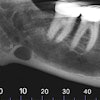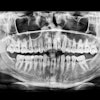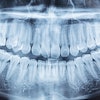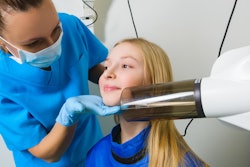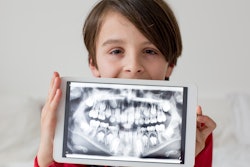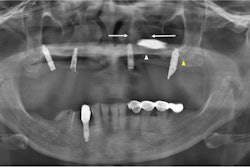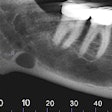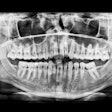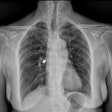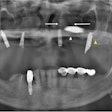Though there is low value in taking routine dental x-rays in young children because it can lead to unneeded procedures, dentists should administer them when justified with factors, including caries risk status and exposure to fluoride, a pediatric dentist said.
Dr. Juan Yepes, MPH, MS, DrPh, of the department of pediatric dentistry at Indiana University School of Dentistry and Riley Children's Hospital made these comments to DrBicuspid.com in reaction to an article recently published in Pediatrics that called for routine dental x-rays in children ages 3 to 6 to be targeted for de-implentation because they provided little value in diagnosing caries.
 Dr. Juan Yepes, MPH, MS, DrPh. Image courtesy of Indiana University School of Dentistry.
Dr. Juan Yepes, MPH, MS, DrPh. Image courtesy of Indiana University School of Dentistry.
“We need to continue taking radiographs in children, no question about that but with, one, a justification; two, using rectangular collimators; three, using the appropriate exposure settings for children; and, four, not using lead -- yes, not using lead,” Yepes said. “The combination of all four factors will help decrease the exposure to radiation for young children.”
In addition to caries risk and exposure to fluoride, other factors accounting for the justification of exposing children to radiation are a child’s oral hygiene; the support and understanding of oral health education from a child’s parents; the presence or absence of systemic diseases; the use of medications that may impact the quality and quantity of the saliva; and a patient’s genetic blueprint, which often is unknown. Also, a clinical exam is critical, he said.
“For children with closed spaces and a high risk for dental caries, definitively, radiographs are a fundamental tool for the diagnosis of caries,” Yepes said.
Furthermore, caries diagnosis in young children is challenging due to their levels of cooperation, which impacts the number of retakes, and every child has an individual risk for developing caries.
“For some kids, it is probably mandatory to have at least bitewings every six months,” Yepes said. “However, for others, maybe the time in between bitewings can be 12 to 18 months, or maybe more.”
Is not taking x-rays detrimental to children’s dental health? That answer is yes in patients with closed spaces between teeth, a high cariogenic diet, and poor oral hygiene, Yepes said.
“Not taking radiographs in that patient will definitively increase the risk of leaving undiagnosed interproximal caries lesions that will progress into bigger lesions that may cause extensive restorations that are detrimental to the child,” Yepes said.
With all things being equal, Yepes recognized the difficulties that come with taking radiographs in young children. However, clinicians need to develop effective strategies, including those that involve auxiliary personnel and parents, to obtain at least bitewings.
“On the other hand, not having a justification for a patient with a low risk for dental caries and maybe with open spaces between the teeth may be unnecessary and detrimental,” Yepes said.

